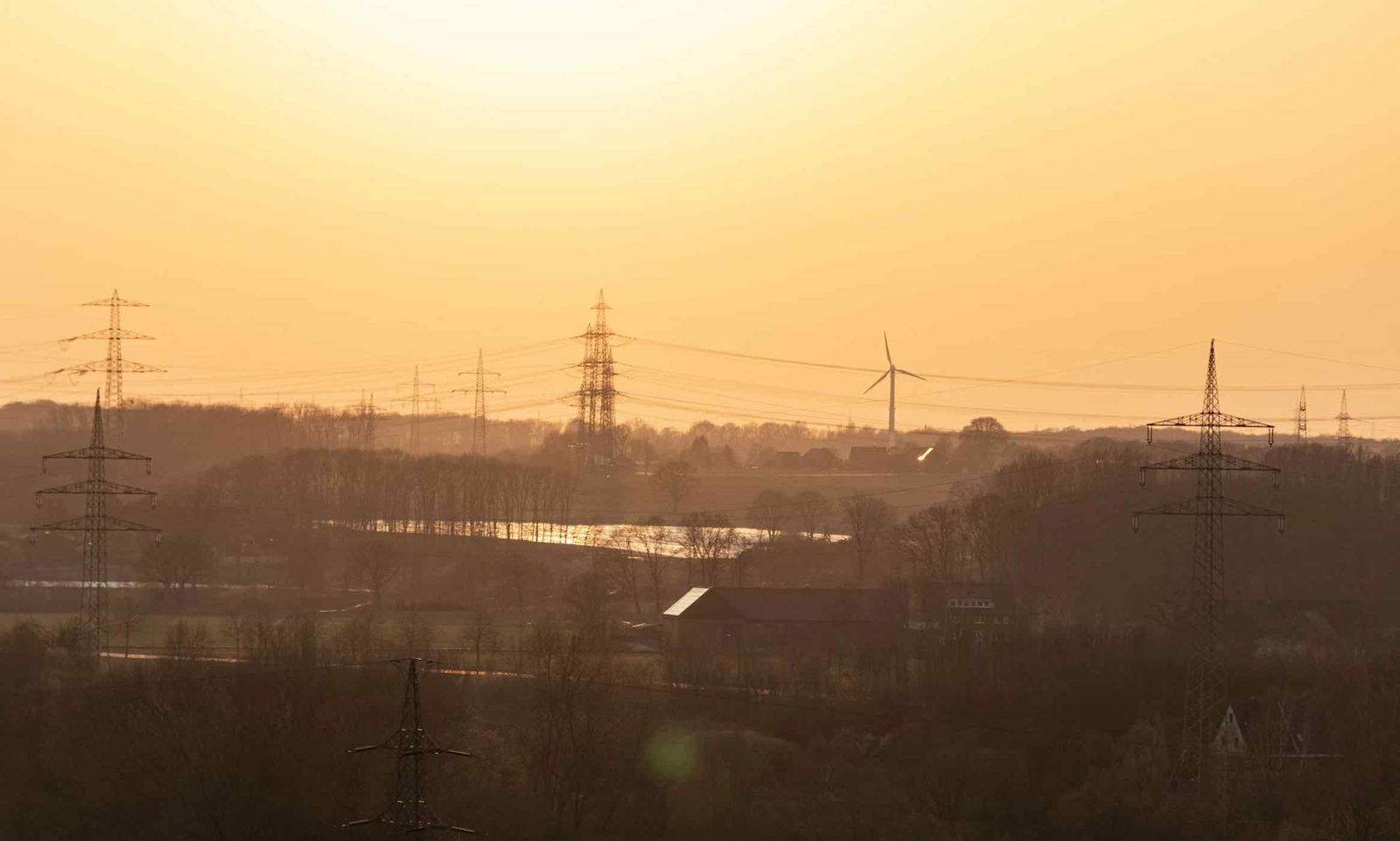The face of the energy sector is changing rapidly. Data released by the U.S. Energy Information Administration (EIA) shows that just 19.5% of our energy now comes from coal, while 21.5% comes from renewables like hydropower, solar, and wind farms.
However, coping with these changes means that we need to rethink the way the grid works. This is particularly important today, as expanding the use of renewables means that traditional energy operators may fall by the wayside, while individuals may finally have the chance to power their own homes due to solar panels.
While this is sure to present challenges, one area where energy engineers may find aid exists in virtual power plants (VPPs).
What are VPPs?
According to the U.S. Department of Energy, virtual power plants are “a connected aggregation of distributed energy resource (DER) technologies.” In simple terms, this means that VPPs pull together all the miscellaneous energy sources that now feed our energy grid. They offer increased renewable integration and are more flexible than physical power stations.
These VPPs will play a pivotal role in securing our energy in the future, as they can efficiently tie together all the small energy supplies like individual solar panels and batteries. People willing to agree for their energy to be used as part of the grid can sell their energy to utility companies, which could reduce peak demand by as much as 60 gigawatts by 2030 by supplanting centralized generation.
Firms are already lining up to provide VPPs to consumers as well. Solar companies including Sunrun Inc. and SunPower Corp already have VPPs in urban areas like California, Hawaii, and New England. The VPP model is also being utilized in Australia, Japan, and some European nations, which could potentially help to usher in a new era of energy supply and help homeowners minimize their electricity bills.
Benefits of VPP
People who link their solar panels and batteries to VPPs can sell their electricity to the grid and cut down their energy bills. However, the benefits of VPP extend far beyond energy credits for individuals. VPPs offer widespread benefits, including:
- Improved decarbonization and reduced reliance on nonrenewables;
- Increased efficiency due to improved integration of renewable sources;
- Greater demand-side flexibility, thus reducing bills and improving resilience.
The emergency of VPP may also convince more businesses to buy solar panels for their premises. The enhanced flexibility and affordability of VPPs can help firms account for climate-induced continuity challenges like power outages and natural disasters that impact physical power plant generation. Companies that do invest in VPPs can even use plausible scenario builders to better estimate the impact of a climate-induced outage, and begin to draft appropriate response plans, potentially identifying vulnerabilities before a disaster occurs.
VPPs make the switch to renewable, on-site generation a matter of great operational importance, too. They allow firms that can create their own energy supply to minimize their overheads while securing electricity for their buildings. This strengthens the case for renewables and may improve grid resilience.
Resilient Grids
Renewable energy offers greater resilience compared to non-renewables. This is good news for consumers, who will insulated against issues like global conflict which have previously caused a spike in the price of energy sources like oil. Luckily, it is possible to solve issues with renewable energy by updating our infrastructure to feature more VPPs is crucial to the future of renewable energy supply. Some of the challenges that renewables face include:
- Intermittent Supply: Systems like wind and solar are dependent on the weather to generate enough electricity. Sustained periods of cloudy, windless days in urban areas are therefore bad for the grid and undermine supply.
- Overload: If solar panels and wind turbines capture too much energy, they risk overloads. This means that controllers may have difficulty managing frequency and voltage in the system.
- Balancing Supply and Demand: Energy demand and sustainable energy generation are not always in alignment. For example, energy demand often peaks in the morning, when most city-dwellers are warming up their homes and getting ready for the day. However, in the winter months, many solar panels have not yet started capturing energy.
VPPs can overcome supply issues and mitigate challenges caused by overload. These VPPs can be further improved by grid-enhancing technologies. VPPs, which manage and monitor energy spikes and shortcomings remotely, can direct energy flow where it is most needed and ensure that urban areas are properly supplied by homes and turbines that have received enough wind or sunlight that day.
Integrating Renewables
As climate change looms, decision-makers are increasing investment in renewables. However, finding a way to stitch together massive solar farms with the supply generated by individual homes in urban areas is challenging. Not only are urban homes far from solar farms, but they likely provide different levels of supply based on their location and ability to capture solar energy.
No one is entirely certain of how VPPs will change the grid, but we can be fairly sure that the Internet of Things (IoT) will play a role. For example, smart thermometers can pre-cool homes on hot summer days. This reduces the demand required later on when temperatures soar. Houses connected to the VPP may also stagger their heating/cooling timings, meaning the grid won’t face extreme spikes that threaten supply.
AI can also facilitate greater VPP and renewable integration. AI programs are capable of predicting energy demand based on variables like weather and current events, meaning our grids are more responsive to shifting demand. This simplifies energy supply, too, which is crucial if we want urbanites to utilize clean energy initiatives like heat pumps and EVs.
Overall, VPPs are beneficial in a variety of ways, offering more flexible energy and rewarding individuals and businesses that install solar panels on their urban buildings. In the years ahead, they may also become crucial assets in efforts toward securing future sources of renewable energy. If leveraged correctly, VPPs have the potential to better manage supply and will ensure that demand can be met even at peak times. This is becoming ever-more crucial as we appear to be facing new challenges in the fight against extreme heat and must adapt to reduce emissions while also keeping cool.
Amanda Winstead is a freelance science and technology writer. You can follow her work online at her website.

